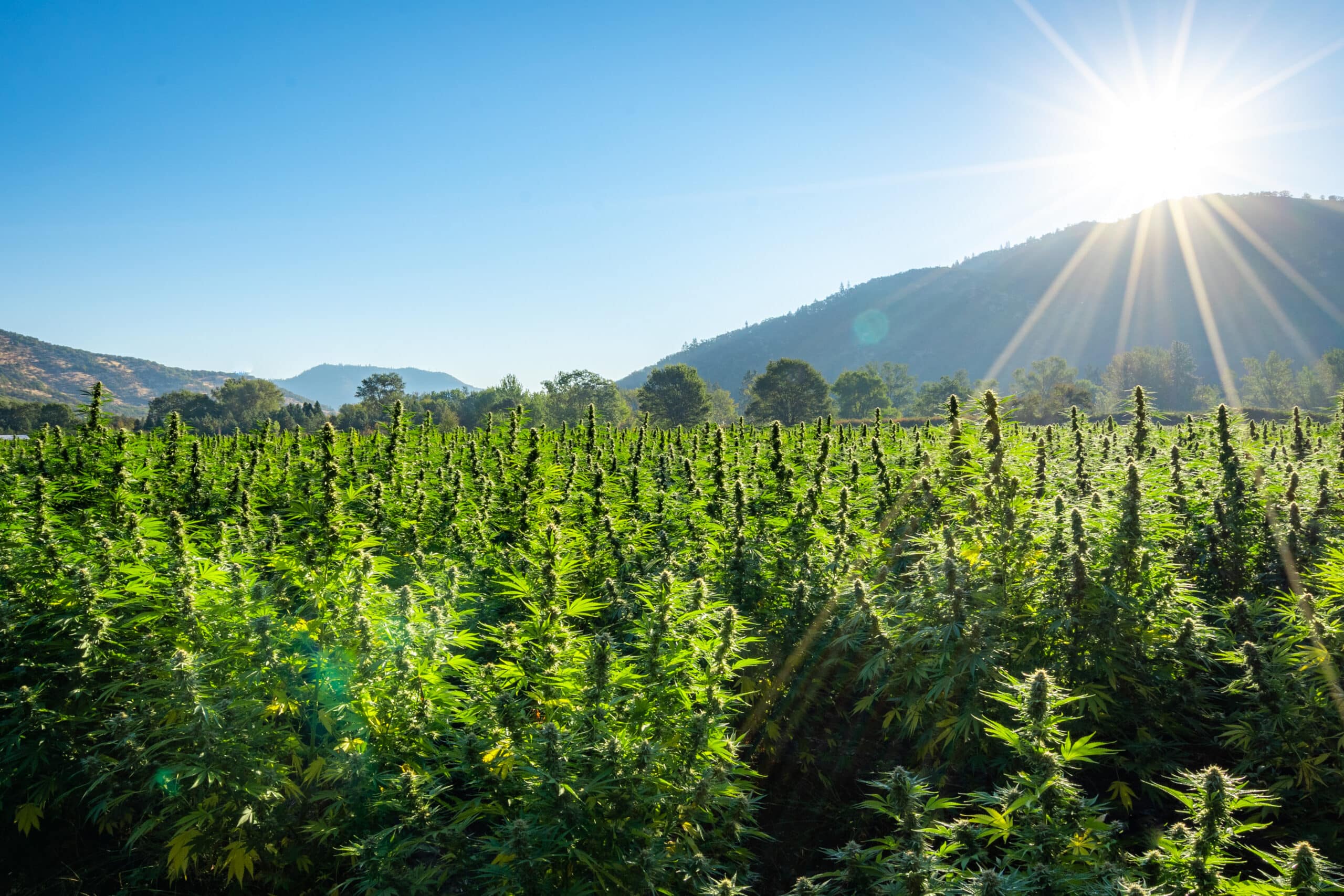FAQs > Products > Indica, Sativa, and Hybrid Classifications
What’s the difference between indica, sativa, and hybrid?
This is unfortunately a very loaded question, but the simplest explanation is that indica, hybrid, and sativa are terms to help cannabis users get a better idea of how a strain is likely to affect them; in this context, indica essentially means “relaxing” or even “sedative,” sativa means “euphoric” or “clear headed,” and hybrid means a combination of those effects in varying proportions.
A More Detailed Explanation
The terms “indica” and “sativa” actually refer to the cannabis plant’s taxonomy (appearance): landrace indica plants are short and bushy in appearance with wide leaves. Landrace sativa plants are tall and spindly in appearance with long, thin leaves.
The earliest Dutch hybrid strains were crosses of landrace indica and landrace sativa strains that were bred to increase THC potency. While the second generation of Dutch hybrids (and the first generation of US hybrids) were also bred for potency, they were moreso bred for flavor and specific effects. The current generation of US hybrids have essentially reached the limit to the amount of THC that a cannabis plant can produce (nearly 30%), and they are bred more for bag appeal (appearance), hype factor, and flavor. 98% of today’s commercially available strains are hybrids in varying proportions (some are indica-dominant, some are balanced, and some are sativa-dominant), and the previous generations of strains– including naturally occurring landrace indica and sativa cultivars– are becoming increasingly difficult to find. But they’re definitely still out there.
Cannabis scientists have been screaming into the void for years that there is no actual difference between indica, hybrid, and sativa at the phytochemical level, and that the plant’s taxonomy has nothing to do with the effect of the plant. While that may be technically correct, this sentiment often does not align with the experiences of people who regularly use cannabis products.
There is a movement within the cannabis industry to shift the focus from indica and sativa classifications to terpene profiles, but there are some problems with this: the major issue is that most producers do not pay extra to get terpene lab test results for their products (and even less actually put those numbers on their packaging), and another issue is the learning curve for consumers who may have been using indica/ sativa classifications for decades. Most importantly, it’s important to note that our current understanding of terpenes is all based on studies of isolated terpenes, so we still don’t actually know very much about how terpenes in cannabis interact with one another to define a strain’s unique effects and flavor.
At the end of the day, indica, hybrid, and sativa classifications are meant as more of a rough guide for consumers to get an idea of how a product is likely to affect them… they should be taken with a grain of salt. It’s up to the consumer to experiment with different strains and learn their own preferences.

